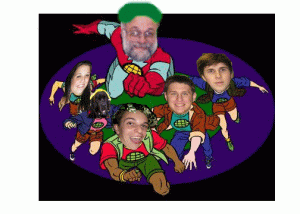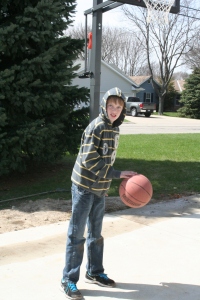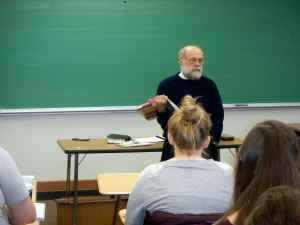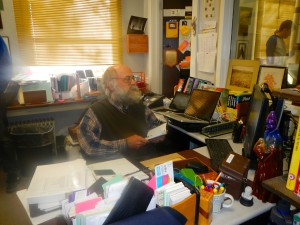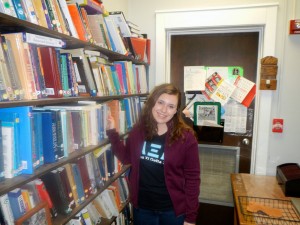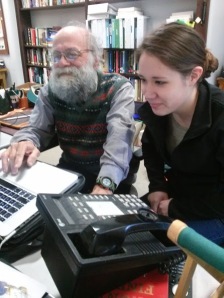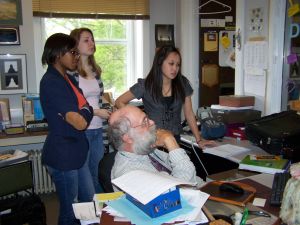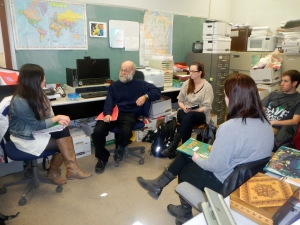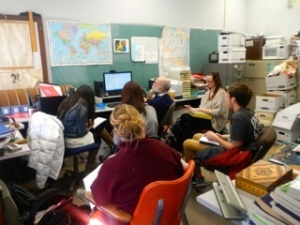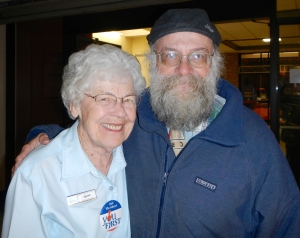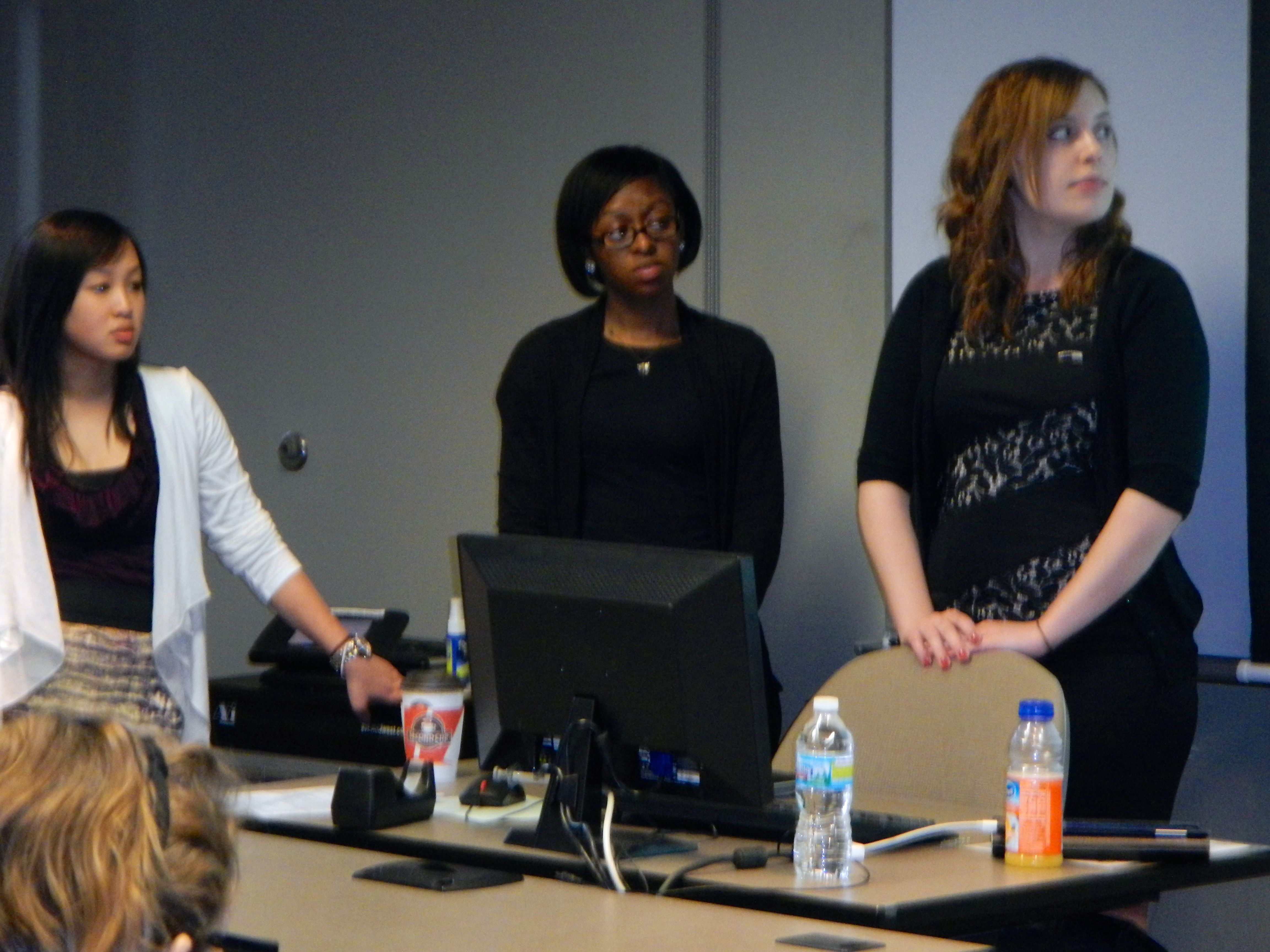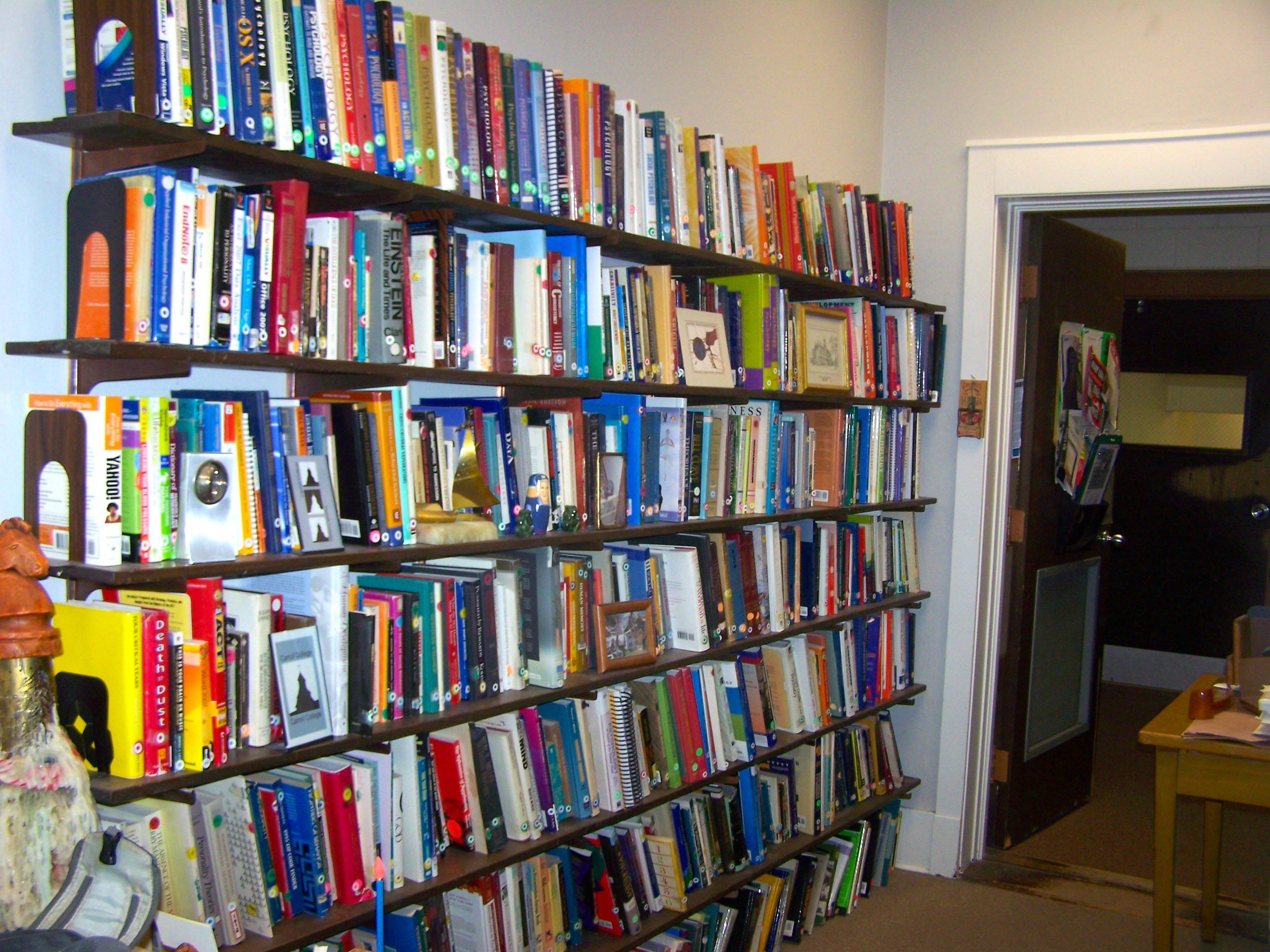I’ve been continually very impressed by WordPress’s Akismet spam filters—and annoyed and depressed that individuals spend so much time spamming or attempting to perfect successful spamming techniques. Not a day goes by when my filter doesn’t catch 7-10 spam messages—usually from abroad. Some are somewhat clever in their design.
This one in particular interests me because it is written not unlike how my juvenile undergraduate friends use to write silly/sometimes funny/ erotic/neurotic “pornography”. Unlike many spammers, this individual is reasonably literate in grammar and spelling, very clever in the number of ways of praising someone,and uses sound sound social psychological principles to fool the reader into thinking the comments are worthy of including in a blog post. A lot of work went into creating this. Such wasted intelligence.
{
{I have|I’ve} been {surfing|browsing} online more than {three|3|2|4} hours
today, yet I never found any interesting article like yours.
{It’s|It is} pretty worth enough for me. {In my opinion|Personally|In my view}, if all {webmasters|site owners|website owners|web owners} and bloggers made good content
as you did, the {internet|net|web} will be {much more|a lot more} useful than ever before.|
I {couldn’t|could not} {resist|refrain from} commenting. {Very well|Perfectly|Well|Exceptionally
well} written!|
{I will|I’ll} {right away|immediately} {take hold of|grab|clutch|grasp|seize|snatch} your {rss|rss
feed} as I {can not|can’t} {in finding|find|to find} your {email|e-mail} subscription {link|hyperlink} or {newsletter|e-newsletter} service.
Do {you have|you’ve} any? {Please|Kindly} {allow|permit|let} me {realize|recognize|understand|recognise|know}
{so that|in order that} I {may just|may|could} subscribe.
Thanks.|
{It is|It’s} {appropriate|perfect|the best} time to make some plans for the future and {it is|it’s} time to be happy.
{I have|I’ve} read this post and if I could I {want to|wish to|desire to}
suggest you {few|some} interesting things or {advice|suggestions|tips}.
{Perhaps|Maybe} you {could|can} write next articles referring to this
article. I {want to|wish to|desire to} read {more|even more} things about it!|
{It is|It’s} {appropriate|perfect|the best} time to make {a few|some} plans for {the future|the longer term|the long
run} and {it is|it’s} time to be happy. {I have|I’ve} {read|learn}
this {post|submit|publish|put up} and if I {may just|may|could} I {want to|wish to|desire to} {suggest|recommend|counsel}
you {few|some} {interesting|fascinating|attention-grabbing}
{things|issues} or {advice|suggestions|tips}. {Perhaps|Maybe} you {could|can} write {next|subsequent} articles {relating to|referring to|regarding} this article.
I {want to|wish to|desire to} {read|learn} {more|even more} {things|issues} {approximately|about} it!|
{I have|I’ve} been {surfing|browsing} {online|on-line}
{more than|greater than} {three|3} hours {these days|nowadays|today|lately|as of
late}, {yet|but} I {never|by no means} {found|discovered} any {interesting|fascinating|attention-grabbing} article like yours.
{It’s|It is} {lovely|pretty|beautiful} {worth|value|price} {enough|sufficient} for me.
{In my opinion|Personally|In my view}, if all {webmasters|site owners|website owners|web owners} and bloggers made {just right|good|excellent} {content|content
material} as {you did|you probably did}, the {internet|net|web} {will be|shall be|might be|will probably
be|can be|will likely be} {much more|a lot more} {useful|helpful} than ever before.|
Ahaa, its {nice|pleasant|good|fastidious} {discussion|conversation|dialogue}
{regarding|concerning|about|on the topic of} this {article|post|piece of writing|paragraph} {here|at
this place} at this {blog|weblog|webpage|website|web site}, I have
read all that, so {now|at this time} me also commenting {here|at this place}.|
I am sure this {article|post|piece of writing|paragraph}
has touched all the internet {users|people|viewers|visitors}, its really
really {nice|pleasant|good|fastidious} {article|post|piece
of writing|paragraph} on building up new {blog|weblog|webpage|website|web site}.|
Wow, this {article|post|piece of writing|paragraph}
is {nice|pleasant|good|fastidious}, my {sister|younger sister} is analyzing {such|these|these kinds of}
things, {so|thus|therefore} I am going to {tell|inform|let know|convey} her.|
{Saved as a favorite|bookmarked!!}, {I really like|I
like|I love} {your blog|your site|your web site|your website}!|
Way cool! Some {very|extremely} valid points!
I appreciate you {writing this|penning this} {article|post|write-up} {and the|and also the|plus the} rest of the {site is|website is} {also very|extremely|very|also really|really} good.|
Hi, {I do believe|I do think} {this is an excellent|this is a great} {blog|website|web site|site}.
I stumbledupon it 😉 {I will|I am going to|I’m going to|I may} {come back|return|revisit} {once again|yet again} {since I|since i have} {bookmarked|book marked|book-marked|saved as a favorite} it.
Money and freedom {is the best|is the greatest} way to change, may
you be rich and continue to {help|guide} {other people|others}.|
Woah! I’m really {loving|enjoying|digging} the template/theme
of this {site|website|blog}. It’s simple, yet effective.
A lot of times it’s {very hard|very difficult|challenging|tough|difficult|hard} to get that “perfect balance”
between {superb usability|user friendliness|usability} and
{visual appearance|visual appeal|appearance}. I must
say {that you’ve|you have|you’ve} done a {awesome|amazing|very good|superb|fantastic|excellent|great} job with this.
{In addition|Additionally|Also}, the blog loads {very|extremely|super} {fast|quick} for me on {Safari|Internet explorer|Chrome|Opera|Firefox}.
{Superb|Exceptional|Outstanding|Excellent} Blog!|
These are {really|actually|in fact|truly|genuinely} {great|enormous|impressive|wonderful|fantastic} ideas in {regarding|concerning|about|on the topic of}
blogging. You have touched some {nice|pleasant|good|fastidious} {points|factors|things} here.
Any way keep up wrinting.|
{I love|I really like|I enjoy|I like|Everyone loves} what you
guys {are|are usually|tend to be} up too. {This sort of|This type of|Such|This kind
of} clever work and {exposure|coverage|reporting}!
Keep up the {superb|terrific|very good|great|good|awesome|fantastic|excellent|amazing|wonderful} works guys I’ve {incorporated||added|included} you guys to {|my|our||my personal|my own}
blogroll.|
{Howdy|Hi there|Hey there|Hi|Hello|Hey}! Someone in my {Myspace|Facebook} group
shared this {site|website} with us so I came to {give it a
look|look it over|take a look|check it out}. I’m definitely {enjoying|loving} the information. I’m {book-marking|bookmarking} and will be tweeting
this to my followers! {Terrific|Wonderful|Great|Fantastic|Outstanding|Exceptional|Superb|Excellent} blog and {wonderful|terrific|brilliant|amazing|great|excellent|fantastic|outstanding|superb} {style and design|design and style|design}.|
{I love|I really like|I enjoy|I like|Everyone loves} what you
guys {are|are usually|tend to be} up too. {This sort of|This type of|Such|This kind
of} clever work and {exposure|coverage|reporting}! Keep up the {superb|terrific|very good|great|good|awesome|fantastic|excellent|amazing|wonderful}
works guys I’ve {incorporated|added|included} you guys to {|my|our|my personal|my own} blogroll.|
{Howdy|Hi there|Hey there|Hi|Hello|Hey} would you mind {stating|sharing} which blog platform you’re {working
with|using}? I’m {looking|planning|going} to start my own blog {in the
near future|soon} but I’m having a {tough|difficult|hard} time {making a decision|selecting|choosing|deciding} between BlogEngine/Wordpress/B2evolution and Drupal.
The reason I ask is because your {design and style|design|layout} seems different then most blogs and I’m looking for
something {completely unique|unique}. P.S {My apologies|Apologies|Sorry} for {getting|being} off-topic but I had to
ask!|
{Howdy|Hi there|Hi|Hey there|Hello|Hey} would you mind letting me
know which {webhost|hosting company|web host} you’re {utilizing|working with|using}?
I’ve loaded your blog in 3 {completely different|different} {internet browsers|web browsers|browsers} and I
must say this blog loads a lot {quicker|faster} then most.
Can you {suggest|recommend} a good {internet hosting|web hosting|hosting} provider at a {honest|reasonable|fair} price?
{Thanks a lot|Kudos|Cheers|Thank you|Many thanks|Thanks}, I appreciate
it!|
{I love|I really like|I like|Everyone loves} it {when people|when individuals|when folks|whenever people} {come together|get together} and
share {opinions|thoughts|views|ideas}. Great {blog|website|site},
{keep it up|continue the good work|stick with it}!|
Thank you for the {auspicious|good} writeup. It in fact was a amusement account
it. Look advanced to {far|more} added agreeable
from you! {By the way|However}, how {can|could}
we communicate?|
{Howdy|Hi there|Hey there|Hello|Hey} just wanted to give you a quick heads up.
The {text|words} in your {content|post|article} seem
to be running off the screen in {Ie|Internet explorer|Chrome|Firefox|Safari|Opera}.
I’m not sure if this is a {format|formatting} issue or something to
do with {web browser|internet browser|browser} compatibility but I {thought|figured}
I’d post to let you know. The {style and design|design and style|layout|design} look great though!
Hope you get the {problem|issue} {solved|resolved|fixed} soon.
{Kudos|Cheers|Many thanks|Thanks}|
This is a topic {that is|that’s|which is} {close to|near to}
my heart… {Cheers|Many thanks|Best wishes|Take care|Thank you}!
{Where|Exactly where} are your contact details though?|
It’s very {easy|simple|trouble-free|straightforward|effortless} to
find out any {topic|matter} on {net|web} as compared to {books|textbooks}, as I found this {article|post|piece
of writing|paragraph} at this {website|web site|site|web
page}.|
Does your {site|website|blog} have a contact page?
I’m having {a tough time|problems|trouble} locating it but, I’d like to {send|shoot} you an {e-mail|email}.
I’ve got some {creative ideas|recommendations|suggestions|ideas} for
your blog you might be interested in hearing.
Either way, great {site|website|blog} and I look forward to seeing
it {develop|improve|expand|grow} over time.|
{Hola|Hey there|Hi|Hello|Greetings}! I’ve been {following|reading} your {site|web site|website|weblog|blog} for {a long time|a while|some time}
now and finally got the {bravery|courage} to go ahead and give you a shout out from {New
Caney|Kingwood|Huffman|Porter|Houston|Dallas|Austin|Lubbock|Humble|Atascocita} {Tx|Texas}!
Just wanted to {tell you|mention|say} keep up the {fantastic|excellent|great|good}
{job|work}!|
Greetings from {Idaho|Carolina|Ohio|Colorado|Florida|Los angeles|California}!
I’m {bored to tears|bored to death|bored} at work so
I decided to {check out|browse} your {site|website|blog} on my
iphone during lunch break. I {enjoy|really like|love} the {knowledge|info|information}
you {present|provide} here and can’t wait to take a look when I get home.
I’m {shocked|amazed|surprised} at how {quick|fast} your
blog loaded on my {mobile|cell phone|phone} ..
I’m not even using WIFI, just 3G .. {Anyhow|Anyways},
{awesome|amazing|very good|superb|good|wonderful|fantastic|excellent|great} {site|blog}!|
Its {like you|such as you} {read|learn} my {mind|thoughts}!
You {seem|appear} {to understand|to know|to grasp}
{so much|a lot} {approximately|about} this, {like you|such as you}
wrote the {book|e-book|guide|ebook|e book} in it or something.
{I think|I feel|I believe} {that you|that you simply|that you just} {could|can}
do with {some|a few} {%|p.c.|percent} to {force|pressure|drive|power} the message
{house|home} {a bit|a little bit}, {however|but} {other than|instead of}
that, {this is|that is} {great|wonderful|fantastic|magnificent|excellent} blog.
{A great|An excellent|A fantastic} read. {I’ll|I will} {definitely|certainly} be back.|
I visited {multiple|many|several|various} {websites|sites|web sites|web pages|blogs} {but|except|however} the audio {quality|feature} for audio songs {current|present|existing} at this {website|web site|site|web page} is {really|actually|in fact|truly|genuinely}
{marvelous|wonderful|excellent|fabulous|superb}.|
{Howdy|Hi there|Hi|Hello}, i read your blog {occasionally|from time to time} and
i own a similar one and i was just {wondering|curious} if
you get a lot of spam {comments|responses|feedback|remarks}?
If so how do you {prevent|reduce|stop|protect against} it, any plugin or anything you can {advise|suggest|recommend}?
I get so much lately it’s driving me {mad|insane|crazy} so
any {assistance|help|support} is very much appreciated.|
Greetings! {Very helpful|Very useful} advice {within this|in this particular} {article|post}!
{It is the|It’s the} little changes {that make|which will make|that produce|that will make} {the biggest|the largest|the greatest|the most important|the most significant} changes.
{Thanks a lot|Thanks|Many thanks} for sharing!|
{I really|I truly|I seriously|I absolutely} love {your blog|your site|your website}..
{Very nice|Excellent|Pleasant|Great} colors & theme.
Did you {create|develop|make|build} {this website|this site|this web site|this amazing site} yourself?
Please reply back as I’m {looking to|trying to|planning to|wanting to|hoping to|attempting to}
create {my own|my very own|my own personal} {blog|website|site} and
{would like to|want to|would love to} {know|learn|find out} where you got this from
or {what the|exactly what the|just what the} theme {is called|is named}.
{Thanks|Many thanks|Thank you|Cheers|Appreciate it|Kudos}!|
{Hi there|Hello there|Howdy}! This {post|article|blog post} {couldn’t|could not} be written {any better|much better}!
{Reading through|Looking at|Going through|Looking through}
this {post|article} reminds me of my previous roommate!
He {always|constantly|continually} kept {talking
about|preaching about} this. {I will|I’ll|I am going to|I most certainly will}
{forward|send} {this article|this information|this post}
to him. {Pretty sure|Fairly certain} {he will|he’ll|he’s
going to} {have a good|have a very good|have a great} read.
{Thank you for|Thanks for|Many thanks for|I appreciate you for} sharing!|
{Wow|Whoa|Incredible|Amazing}! This blog looks {exactly|just} like my old one!
It’s on a {completely|entirely|totally} different {topic|subject} but it has
pretty much the same {layout|page layout} and design. {Excellent|Wonderful|Great|Outstanding|Superb} choice of colors!|
{There is|There’s} {definately|certainly} {a lot to|a great deal to} {know about|learn about|find out about} this {subject|topic|issue}.
{I like|I love|I really like} {all the|all of
the} points {you made|you’ve made|you have
made}.|
{You made|You’ve made|You have made} some {decent|good|really good} points there.
I {looked|checked} {on the internet|on the web|on the net} {for
more info|for more information|to find out more|to learn more|for additional information} about the issue and found {most
individuals|most people} will go along with your views on {this website|this
site|this web site}.|
{Hi|Hello|Hi there|What’s up}, I {log on to|check|read} your
{new stuff|blogs|blog} {regularly|like every week|daily|on a regular
basis}. Your {story-telling|writing|humoristic} style is {awesome|witty}, keep {doing
what you’re doing|up the good work|it up}!|
I {simply|just} {could not|couldn’t} {leave|depart|go away} your {site|web site|website} {prior to|before} suggesting that I {really|extremely|actually} {enjoyed|loved} {the standard|the usual} {information|info} {a person|an individual}
{supply|provide} {for your|on your|in your|to your} {visitors|guests}?
Is {going to|gonna} be {back|again} {frequently|regularly|incessantly|steadily|ceaselessly|often|continuously} {in order to|to} {check up on|check
out|inspect|investigate cross-check} new posts|
{I wanted|I needed|I want to|I need to} to thank you for this {great|excellent|fantastic|wonderful|good|very good}
read!! I {definitely|certainly|absolutely} {enjoyed|loved} every {little bit of|bit of} it.
{I have|I’ve got|I have got} you {bookmarked|book
marked|book-marked|saved as a favorite} {to check out|to look at} new {stuff you|things you} post…|
{Hi|Hello|Hi there|What’s up}, just wanted to {mention|say|tell you}, I {enjoyed|liked|loved} this {article|post|blog post}.
It was {inspiring|funny|practical|helpful}. Keep on posting!|
{Hi there|Hello}, I enjoy reading {all of|through} your {article|post|article post}.
I {like|wanted} to write a little comment to support you.|
I {always|constantly|every time} spent my half an hour
to read this {blog|weblog|webpage|website|web site}’s {articles|posts|articles
or reviews|content} {everyday|daily|every day|all the time} along with a {cup|mug} of coffee.|
I {always|for all time|all the time|constantly|every time} emailed this {blog|weblog|webpage|website|web site} post page
to all my {friends|associates|contacts}, {because|since|as|for the reason that} if like to read
it {then|after that|next|afterward} my {friends|links|contacts} will too.|
My {coder|programmer|developer} is trying to {persuade|convince} me to move to .net from
PHP. I have always disliked the idea because of the {expenses|costs}.
But he’s tryiong none the less. I’ve been using {Movable-type|WordPress} on {a
number of|a variety of|numerous|several|various} websites for
about a year and am {nervous|anxious|worried|concerned} about switching to another
platform. I have heard {fantastic|very good|excellent|great|good} things about blogengine.net.
Is there a way I can {transfer|import} all my wordpress {content|posts}
into it? {Any kind of|Any} help would be {really|greatly} appreciated!|
{Hello|Hi|Hello there|Hi there|Howdy|Good day}! I could have sworn I’ve {been to|visited} {this blog|this web site|this website|this
site|your blog} before but after {browsing through|going through|looking at}
{some of the|a few of the|many of the} {posts|articles} I realized it’s new to me.
{Anyways|Anyhow|Nonetheless|Regardless}, I’m {definitely|certainly} {happy|pleased|delighted} {I
found|I discovered|I came across|I stumbled upon} it and I’ll be {bookmarking|book-marking} it and checking back {frequently|regularly|often}!|
{Terrific|Great|Wonderful} {article|work}! {This is|That is}
{the type of|the kind of} {information|info} {that are meant to|that are supposed to|that should} be
shared {around the|across the} {web|internet|net}.
{Disgrace|Shame} on {the {seek|search} engines|Google} for {now not|not|no longer} positioning this {post|submit|publish|put up}
{upper|higher}! Come on over and {talk over with|discuss with|seek advice from|visit|consult with} my {site|web
site|website} . {Thank you|Thanks} =)|
Heya {i’m|i am} for the first time here. I {came across|found} this board and I find It {truly|really} useful
& it helped me out {a lot|much}. I hope to give something back and {help|aid} others like you {helped|aided} me.|
{Hi|Hello|Hi there|Hello there|Howdy|Greetings}, {I think|I believe|I do believe|I do think|There’s
no doubt that} {your site|your website|your web site|your blog} {might be|may be|could be|could possibly be} having {browser|internet browser|web browser} compatibility {issues|problems}.
{When I|Whenever I} {look at your|take a look at your} {website|web site|site|blog} in Safari,
it looks fine {but when|however when|however, if|however,
when} opening in {Internet Explorer|IE|I.E.}, {it has|it’s got} some overlapping
issues. {I just|I simply|I merely} wanted to {give you a|provide you with
a} quick heads up! {Other than that|Apart from that|Besides that|Aside from
that}, {fantastic|wonderful|great|excellent} {blog|website|site}!|
{A person|Someone|Somebody} {necessarily|essentially} {lend a hand|help|assist} to make {seriously|critically|significantly|severely}
{articles|posts} {I would|I might|I’d} state.
{This is|That is} the {first|very first} time I frequented your {web page|website page} and {to this point|so far|thus far|up to now}?
I {amazed|surprised} with the {research|analysis} you made to {create|make} {this
actual|this particular} {post|submit|publish|put up} {incredible|amazing|extraordinary}.
{Great|Wonderful|Fantastic|Magnificent|Excellent} {task|process|activity|job}!|
Heya {i’m|i am} for {the primary|the first} time here. I {came
across|found} this board and I {in finding|find|to find} It {truly|really} {useful|helpful} & it helped me out {a lot|much}.
{I am hoping|I hope|I’m hoping} {to give|to
offer|to provide|to present} {something|one thing} {back|again} and {help|aid} others {like you|such
as you} {helped|aided} me.|
{Hello|Hi|Hello there|Hi there|Howdy|Good day|Hey there}!
{I just|I simply} {would like to|want to|wish to} {give you a|offer you a} {huge|big} thumbs up {for the|for your} {great|excellent} {info|information} {you have|you’ve got|you have got} {here|right here} on this post.
{I will be|I’ll be|I am} {coming back to|returning to} {your
blog|your site|your website|your web site}
for more soon.|
I {always|all the time|every time} used to {read|study} {article|post|piece of writing|paragraph} in news papers but now as I
am a user of {internet|web|net} {so|thus|therefore} from now I am using net for {articles|posts|articles
or reviews|content}, thanks to web.|
Your {way|method|means|mode} of {describing|explaining|telling}
{everything|all|the whole thing} in this {article|post|piece
of writing|paragraph} is {really|actually|in fact|truly|genuinely} {nice|pleasant|good|fastidious}, {all|every one} {can|be able to|be capable of} {easily|without difficulty|effortlessly|simply} {understand|know|be aware of} it, Thanks a lot.|
{Hi|Hello} there, {I found|I discovered} your {blog|website|web site|site} {by means of|via|by the use of|by way
of} Google {at the same time as|whilst|even as|while} {searching for|looking for} a {similar|comparable|related} {topic|matter|subject}, your
{site|web site|website} {got here|came} up, it {looks|appears|seems|seems to be|appears to
be like} {good|great}. {I have|I’ve} bookmarked it in my google bookmarks.
{Hello|Hi} there, {simply|just} {turned into|became|was|become|changed into} {aware of|alert to} your {blog|weblog} {thru|through|via} Google, {and found|and located} that {it is|it’s} {really|truly} informative.
{I’m|I am} {gonna|going to} {watch out|be careful} for brussels.
{I will|I’ll} {appreciate|be grateful} {if
you|should you|when you|in the event you|in case you|for those who|if you happen to} {continue|proceed} this {in future}.
{A lot of|Lots of|Many|Numerous} {other folks|folks|other people|people} {will
be|shall be|might be|will probably be|can be|will likely be} benefited {from your|out of your} writing.
Cheers!|
{I am|I’m} curious to find out what blog {system|platform} {you have been|you happen to
be|you are|you’re} {working with|utilizing|using}?
I’m {experiencing|having} some {minor|small} security {problems|issues} with my
latest {site|website|blog} and {I would|I’d} like to find something more {safe|risk-free|safeguarded|secure}.
Do you have any {solutions|suggestions|recommendations}?|
{I am|I’m} {extremely|really} impressed with your writing skills {and also|as well
as} with the layout on your {blog|weblog}. Is this a paid theme or did
you {customize|modify} it yourself? {Either way|Anyway} keep up the {nice|excellent} quality writing, {it’s|it is}
rare to see a {nice|great} blog like this one {these
days|nowadays|today}.|
{I am|I’m} {extremely|really} {inspired|impressed} {with your|together with your|along with your} writing {talents|skills|abilities} {and also|as {smartly|well|neatly} as} with the {layout|format|structure} {for your|on your|in your|to your} {blog|weblog}.
{Is this|Is that this} a paid {subject|topic|subject matter|theme} or did you {customize|modify} it {yourself|your self}?
{Either way|Anyway} {stay|keep} up the {nice|excellent} {quality|high quality} writing, {it’s|it
is} {rare|uncommon} {to peer|to see|to look} a {nice|great} {blog|weblog} like this one {these days|nowadays|today}..|
{Hi|Hello}, Neat post. {There is|There’s} {a problem|an issue} {with your|together with your|along with your} {site|web site|website}
in {internet|web} explorer, {may|might|could|would} {check|test} this?
IE {still|nonetheless} is the {marketplace|market} {leader|chief} and {a large|a good|a
big|a huge} {part of|section of|component to|portion of|component of|element of} {other folks|folks|other people|people} will {leave out|omit|miss|pass
over} your {great|wonderful|fantastic|magnificent|excellent}
writing {due to|because of} this problem.|
{I’m|I am} not sure where {you are|you’re} getting your {info|information},
but {good|great} topic. I needs to spend some time learning {more|much more} or
understanding more. Thanks for {great|wonderful|fantastic|magnificent|excellent} {information|info} I was
looking for this {information|info} for my mission.|
{Hi|Hello}, i think that i saw you visited my {blog|weblog|website|web
site|site} {so|thus} i came to “return the favor”.{I am|I’m} {trying to|attempting to} find things to {improve|enhance} my {website|site|web site}!I suppose its ok
to use {some of|a few o
Today, finally, is Voting Day in Wisconsin. For awhile, perhaps, my phone will not be ringing 6-7 times per night between 6:00 and 7:00 p.m.with spam-like political robocalls with lengthy, emotional, one-sided messages telling me how to vote. Ironically they have motivated me to vote—but not for the candidate most abusing my privacy.
Thank you WordPress for your continual enlightenment and enablement. Blog pieces like your recent one on voting make it easier to vote and illustrate the opposite of spamming. Let’s create a word for that! Anti-spam?
Off to vote!






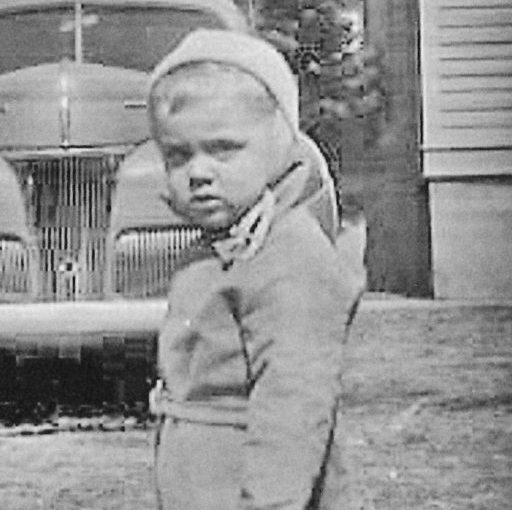
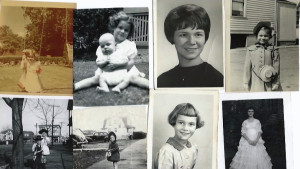
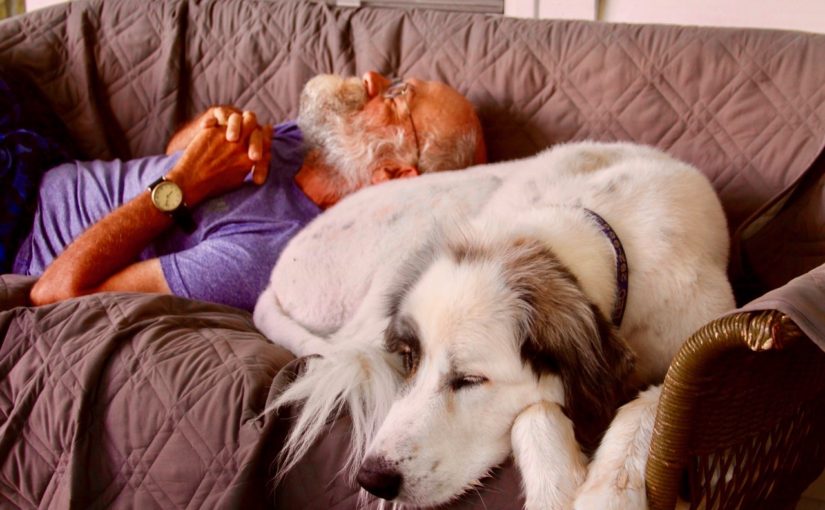






















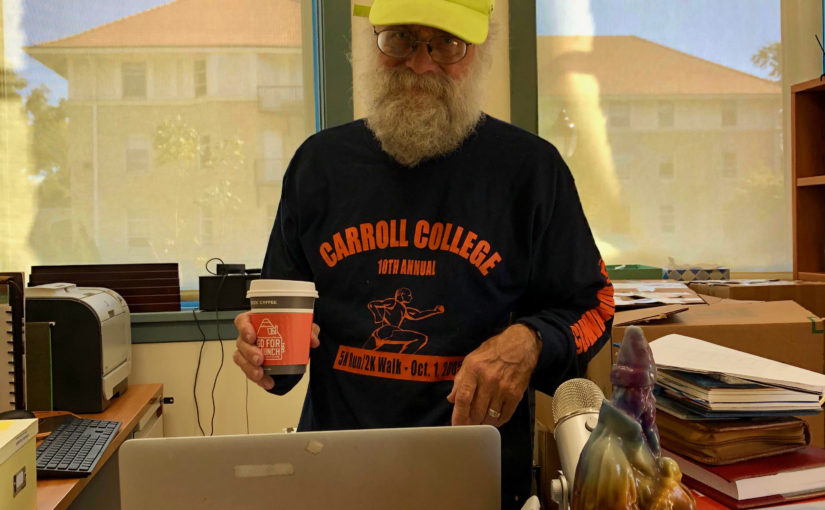
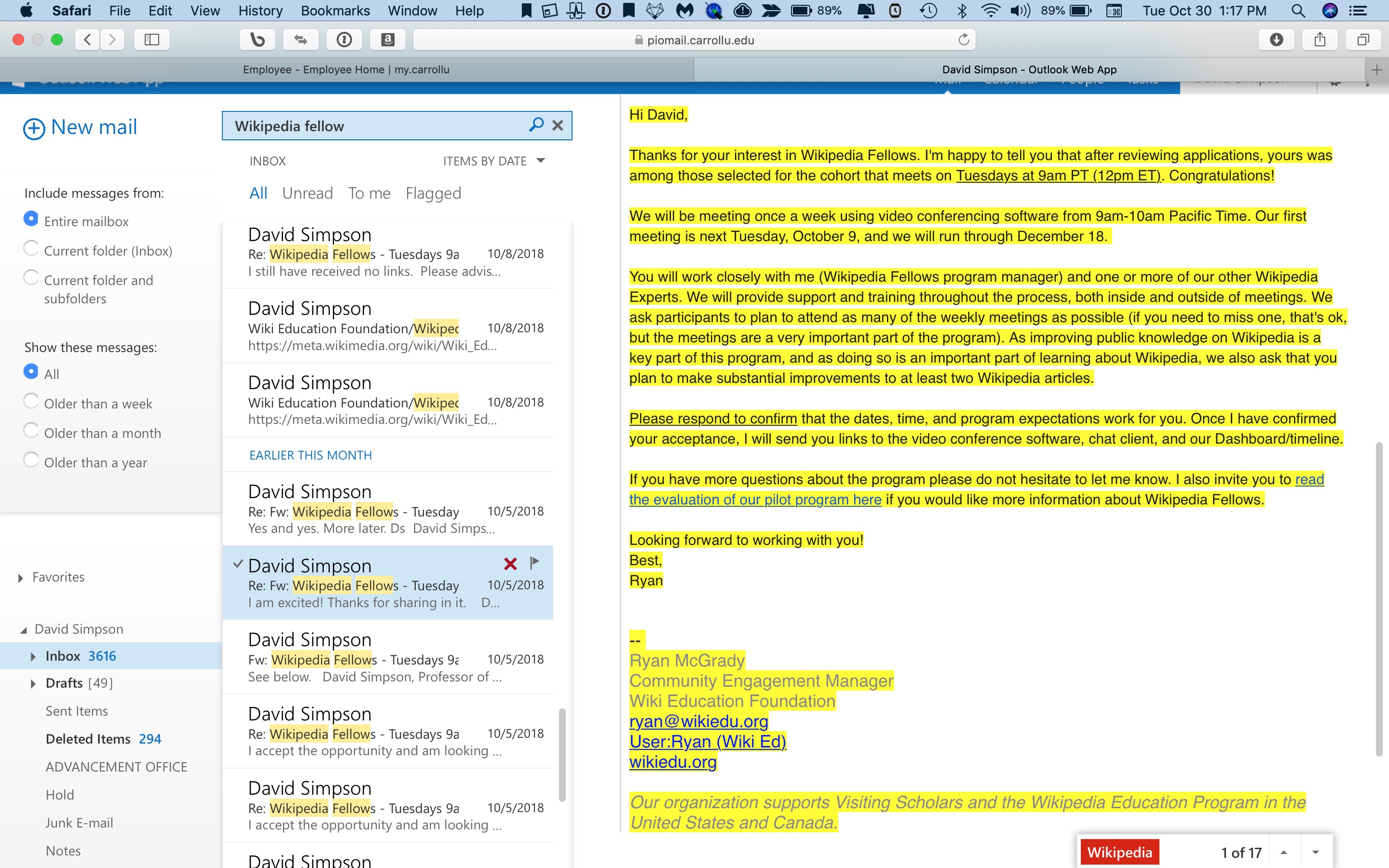

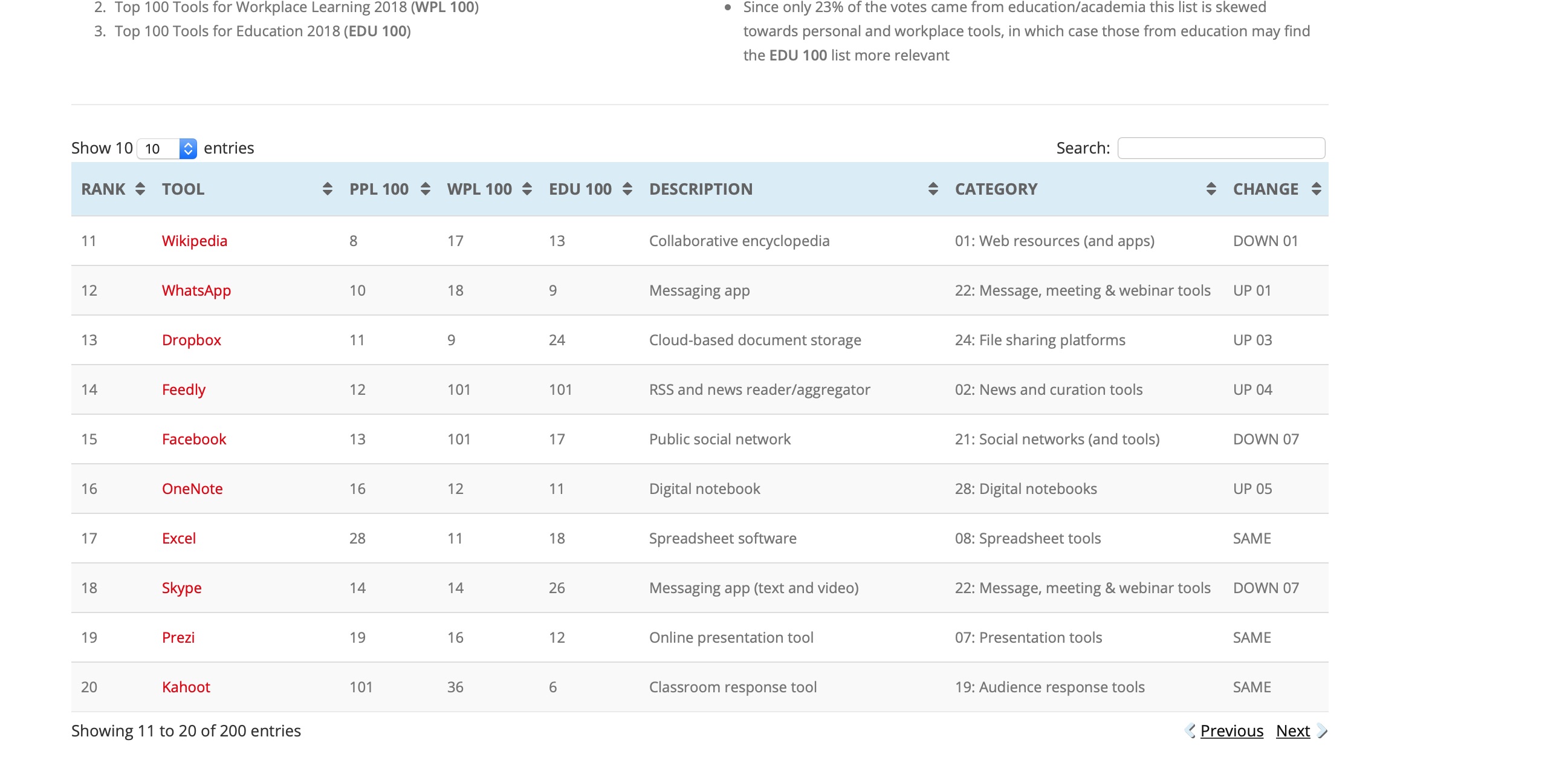 Wikipedia provides excellent resources (and online support) for incorporating Wikipedia assignments into courses.
Wikipedia provides excellent resources (and online support) for incorporating Wikipedia assignments into courses.







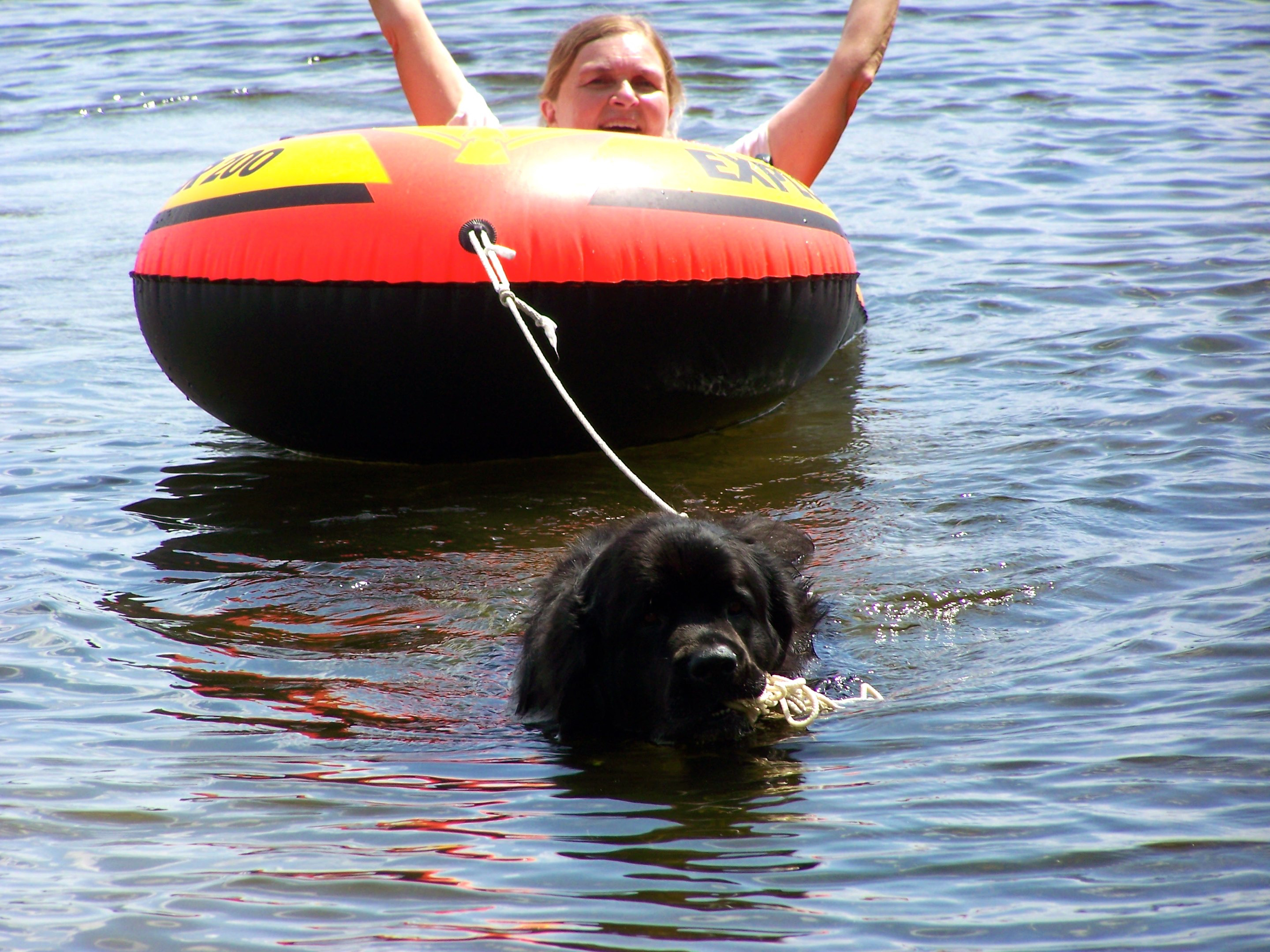
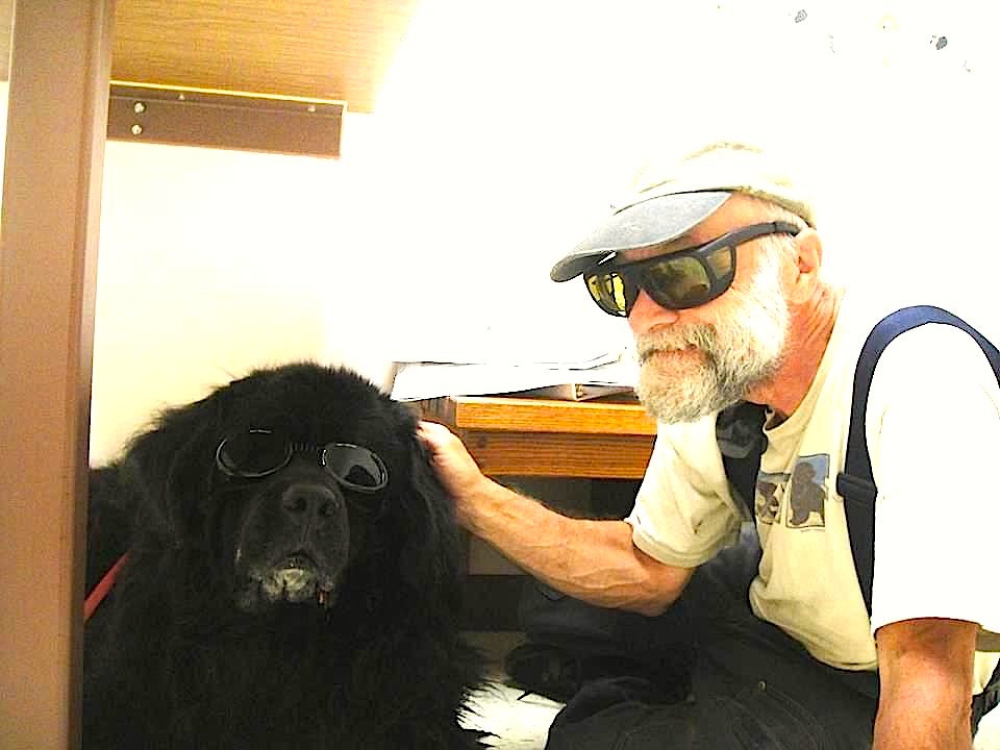






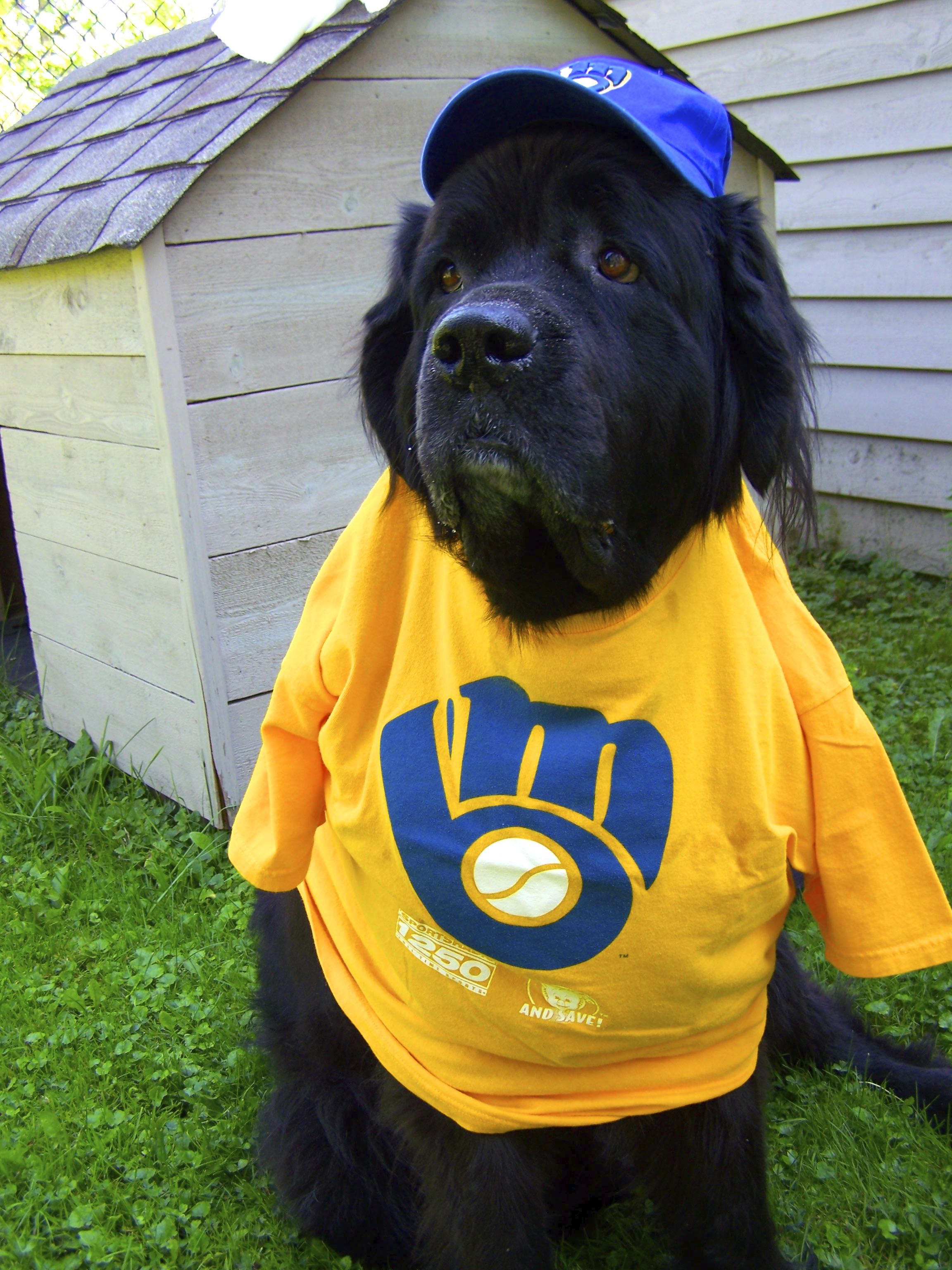

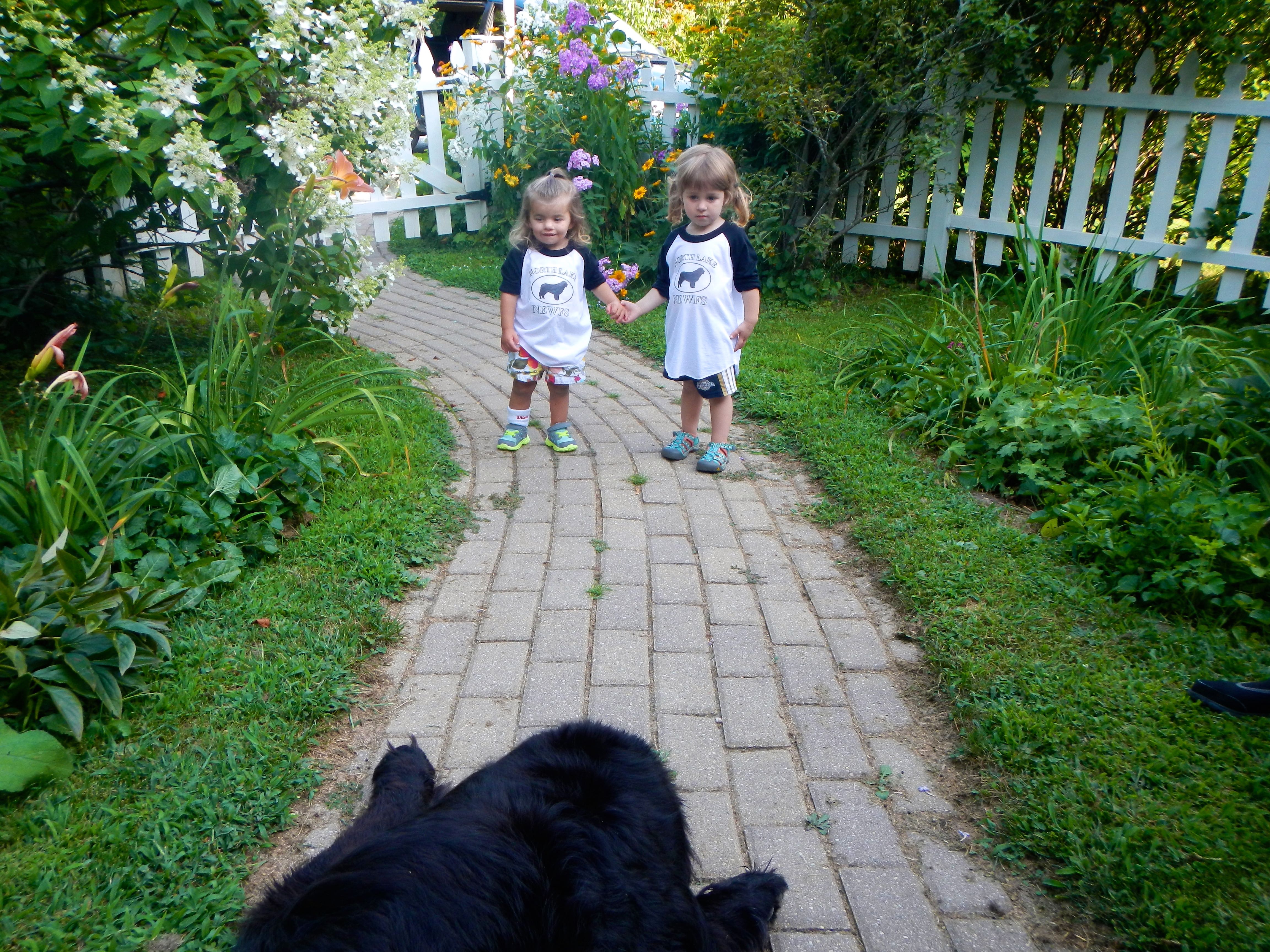
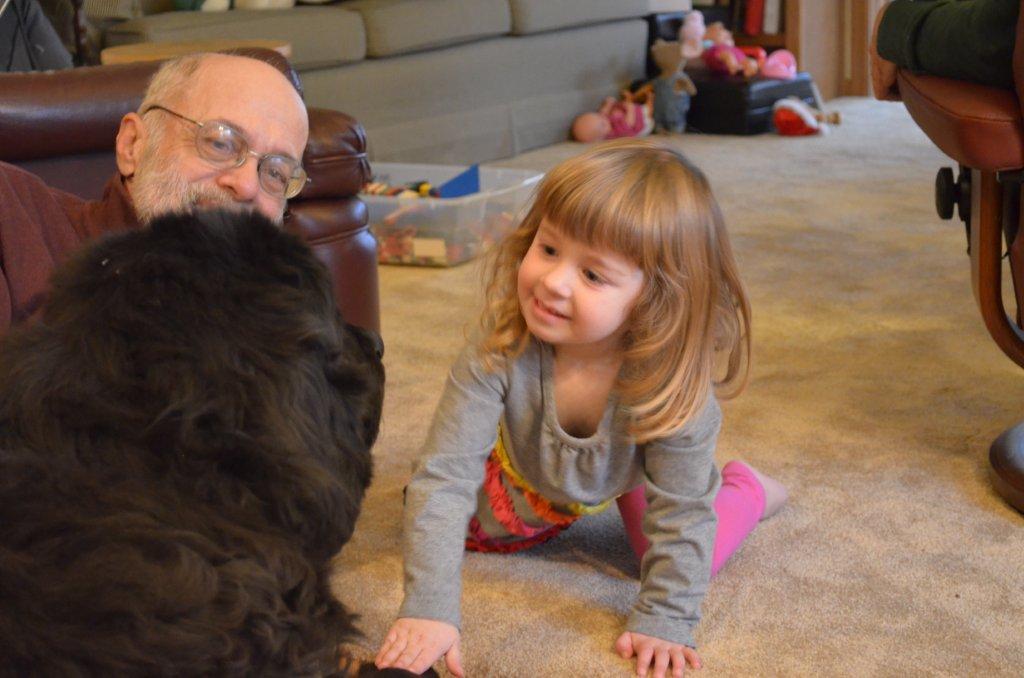

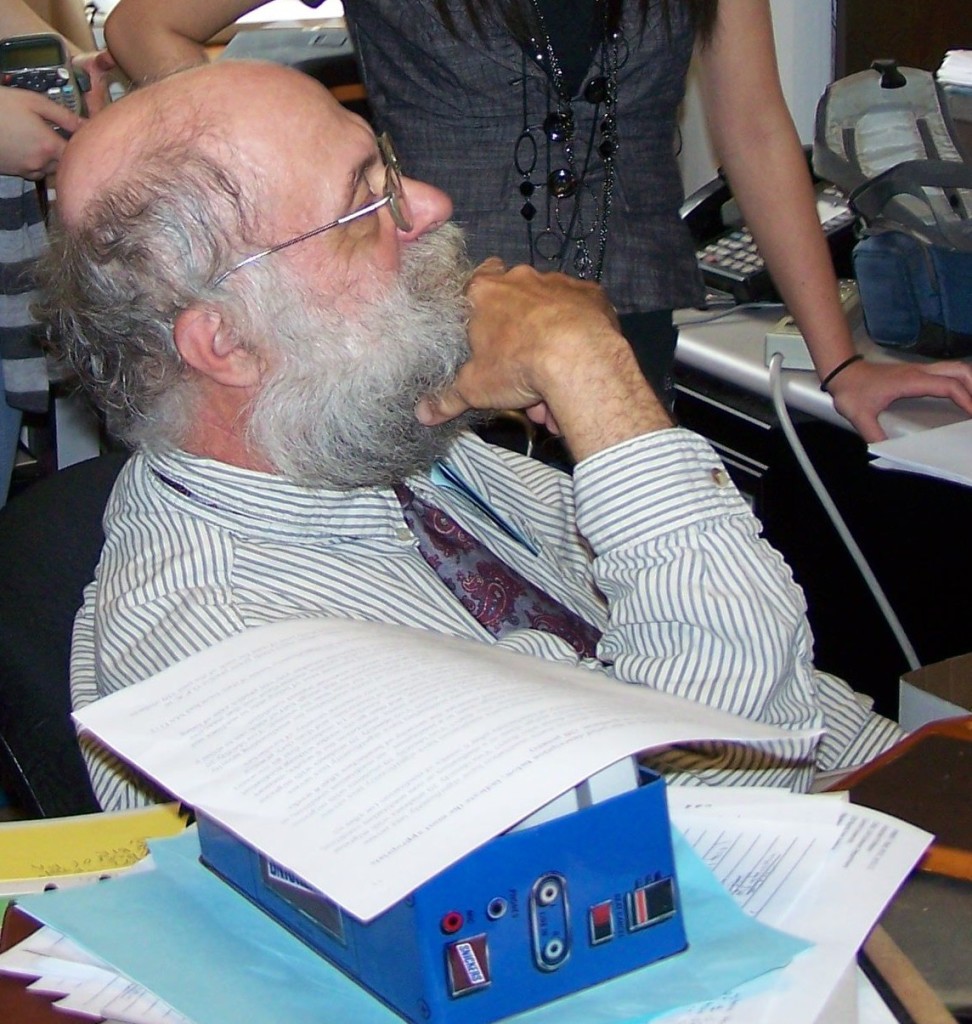

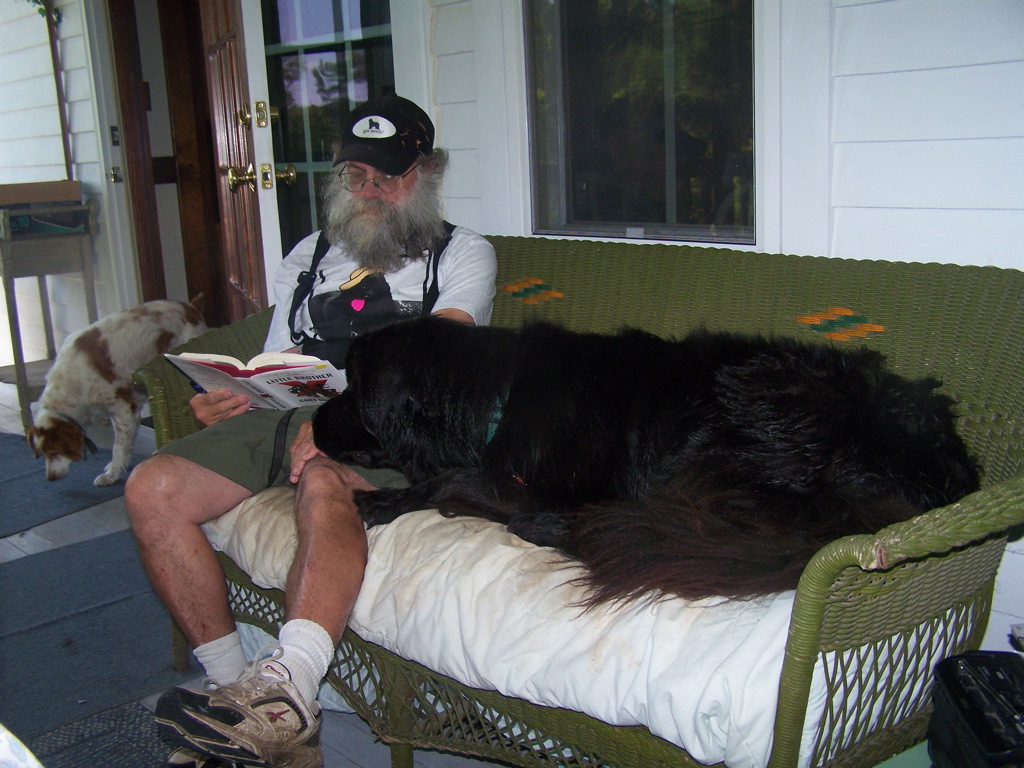

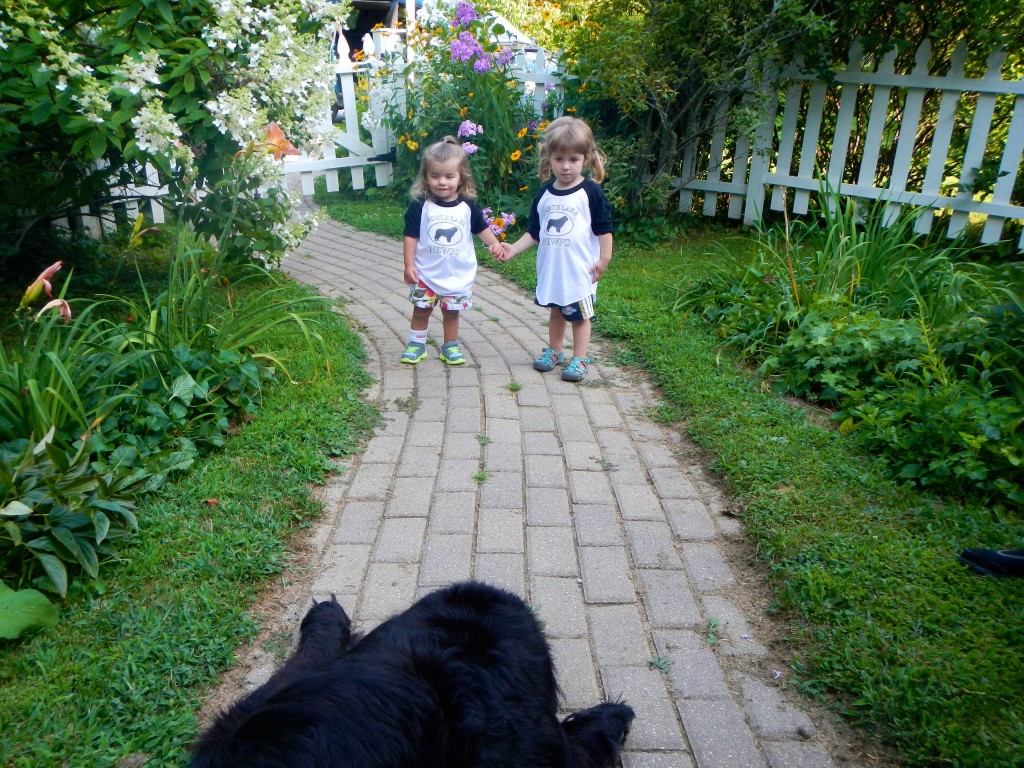


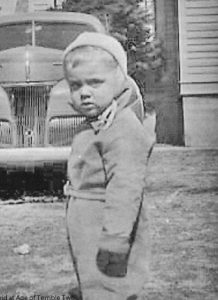
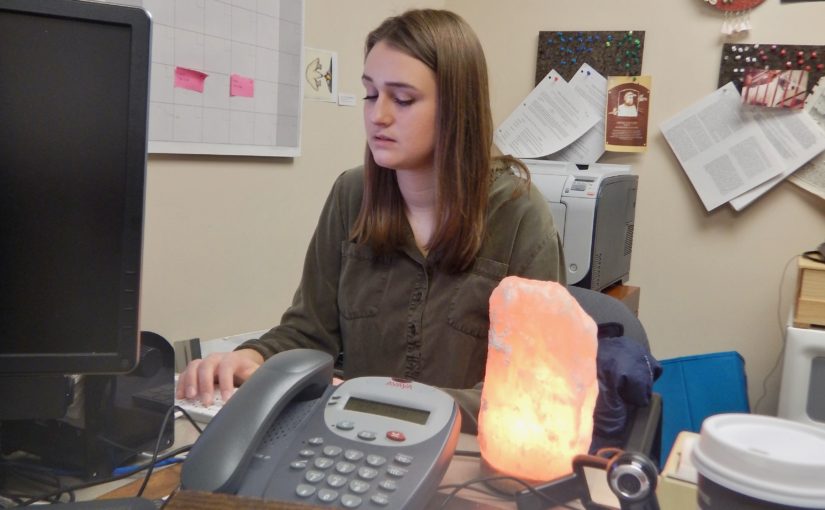



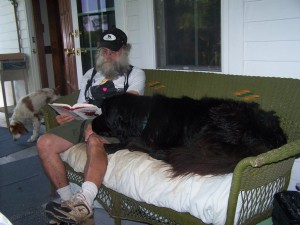
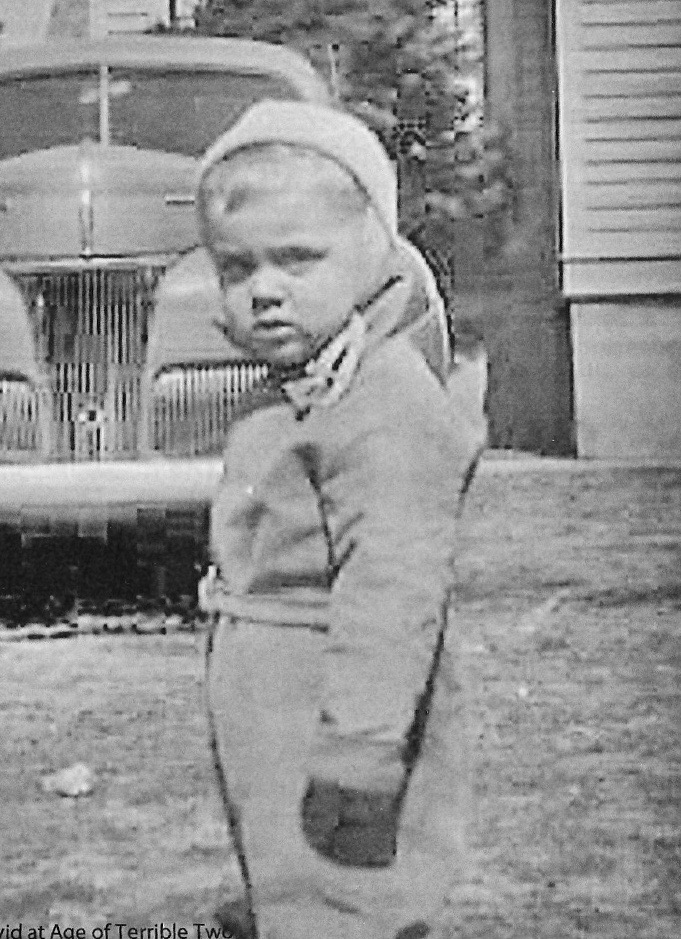 For the past 40 years I have taught a course called Statistics and Experimental Design required of Carroll Psychology majors. Here is a brief description of
For the past 40 years I have taught a course called Statistics and Experimental Design required of Carroll Psychology majors. Here is a brief description of 



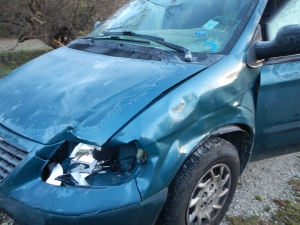

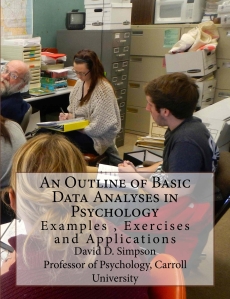
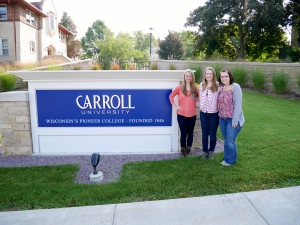
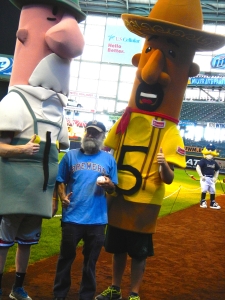
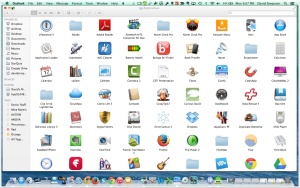
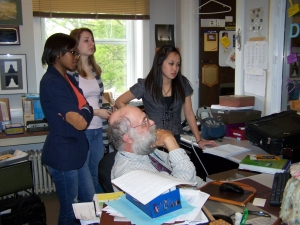


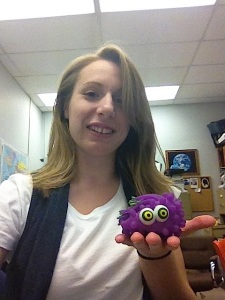
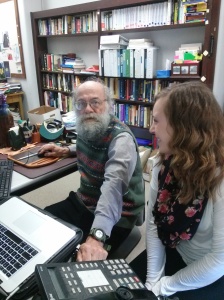


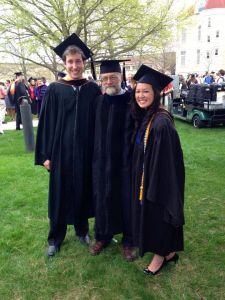

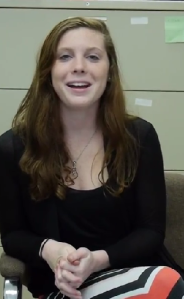

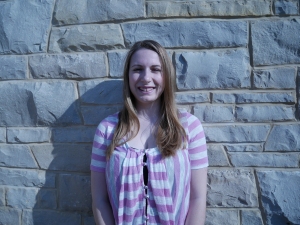




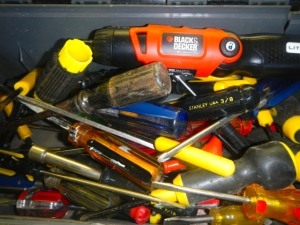
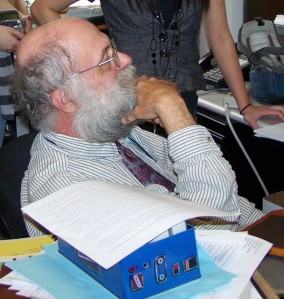
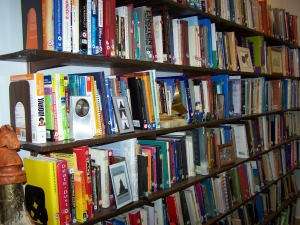
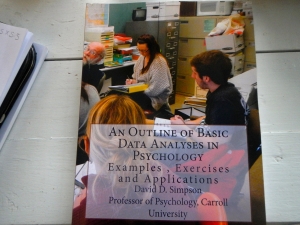
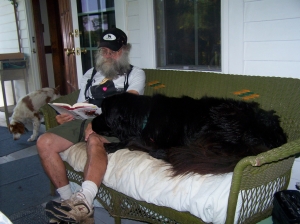
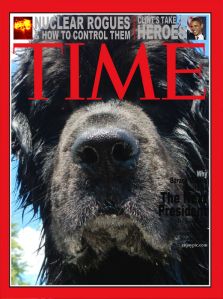

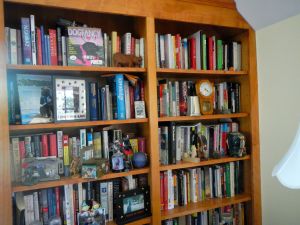

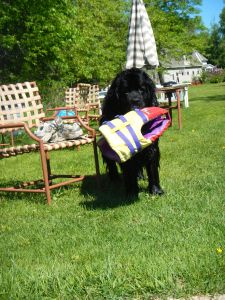
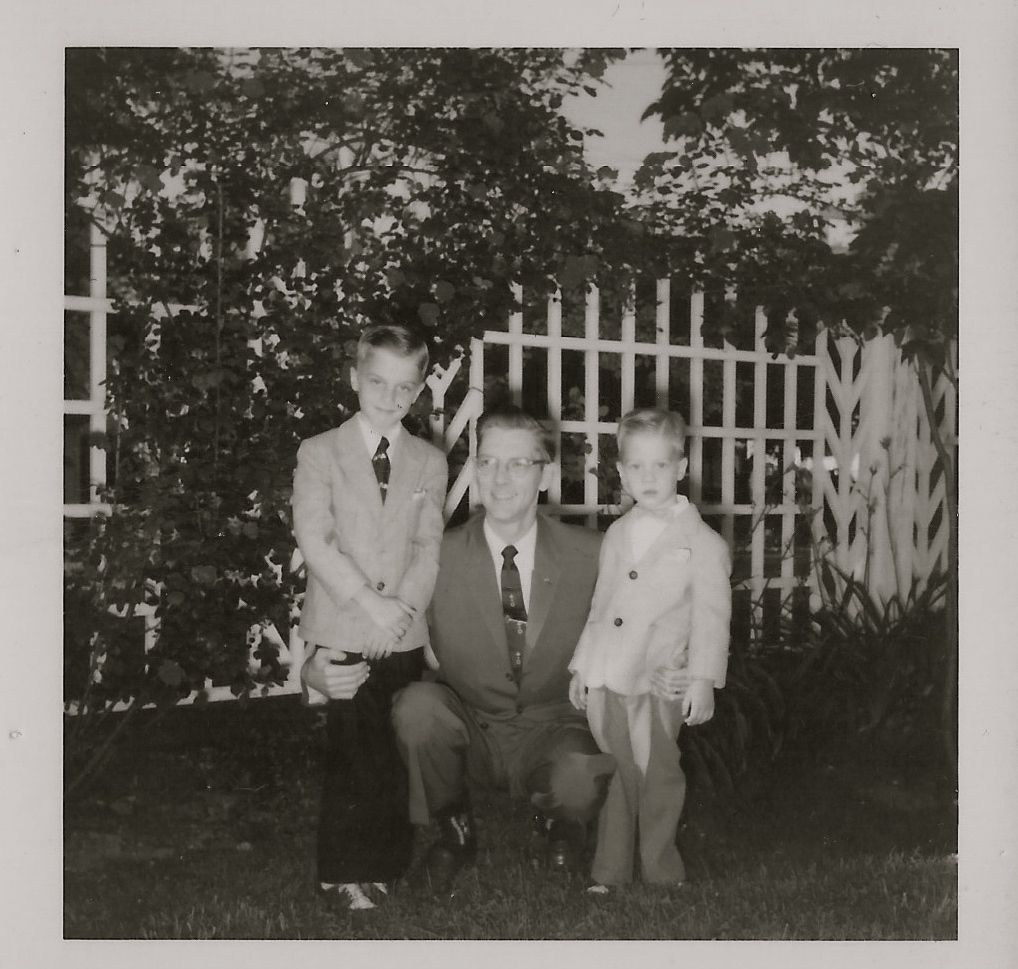

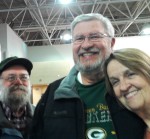
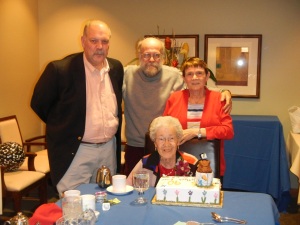
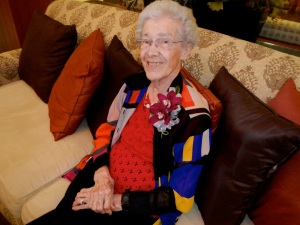
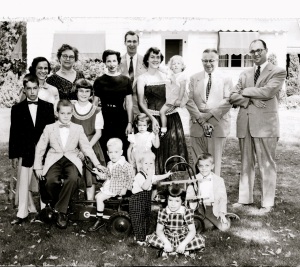

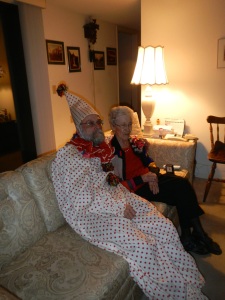
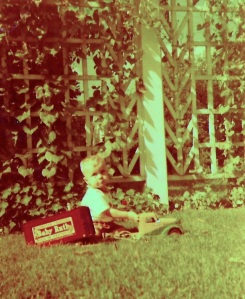
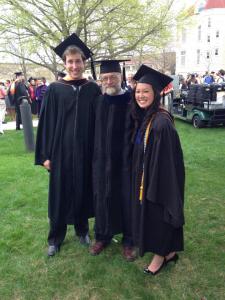
 My thoughts may be even fuzzier this Saturday morning as I sit here in my office—a little over 24 hours before your Commencement Day. I have just returned from a three hour meeting in my role of Faculty Observer at a Board of Trustees Meeting, and I was most impressed by the poise, courage, compassion, and intelligence of the remarks made by your Student Senate President. Now is a good time to gather together some last thoughts about and for you. Tomorrow will be a joyful and tearful day as relationships change. Because of my
My thoughts may be even fuzzier this Saturday morning as I sit here in my office—a little over 24 hours before your Commencement Day. I have just returned from a three hour meeting in my role of Faculty Observer at a Board of Trustees Meeting, and I was most impressed by the poise, courage, compassion, and intelligence of the remarks made by your Student Senate President. Now is a good time to gather together some last thoughts about and for you. Tomorrow will be a joyful and tearful day as relationships change. Because of my  What does a professor DO? My answer to this question changes as a function of when you ask me—at different times of the academic year and developmentally at different times in my professional career. I began to address this question in my first blog for the Milwaukee Journal Sentinel in October of 2007 when I was trying to explain to my father that a professor does more than sit in his office and read books (what a heavenly thought though). At that time I had the pleasure of being one of their online educational community columnists for a year.
What does a professor DO? My answer to this question changes as a function of when you ask me—at different times of the academic year and developmentally at different times in my professional career. I began to address this question in my first blog for the Milwaukee Journal Sentinel in October of 2007 when I was trying to explain to my father that a professor does more than sit in his office and read books (what a heavenly thought though). At that time I had the pleasure of being one of their online educational community columnists for a year.
